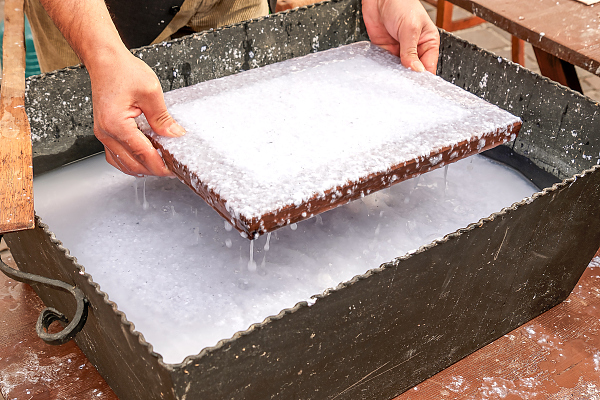Intangible heritage culture boosts rural vitalization in Wudang

An aerial view of the Xinpu Bouyei ethnic township in Wudang district. [Photo/Guiyang news network]
In recent years, Xinpu Bouyei ethnic township in Wudang district, Guiyang, capital of Southwest China's Guizhou province, has attached great importance to preserving and inheriting the traditional papermaking technique of Xiangzhigou, a local intangible cultural heritage item that was selected to join the national list of intangible cultural heritage in 2006.
This traditional papermaking technique reportedly originated in the Ming Dynasty (1368-1644) more than 600 years ago.
In 2015, Fangcong, a well-known master of arts and crafts and ceramics in Guizhou, came to Xiangzhigou and founded the first museum dedicated to pulp sculpture.
The process of creating these sculptures from pulp, and the raw materials used have drawn heavily on this famous local traditional papermaking technique, while also helping to preserve and improve it.

A local uses a sieve to sift the pulp. [Photo/Guiyang news network]
So far, taking ancient Chinese historical figures as prototypes, Fang has created almost 100 sculptures, 60 of which have been on display in the museum. The museum receives more than 10,000 visitors annually.
In Xinpu Bouyei ethnic township, preserving, inheriting and developing the traditional papermaking technique has become a common goal among local people.
In 2015, the township was named as a national civilized village.
Moving forward, the township will further exploit local intangible heritage cultural resources to help revitalize its cultural sector.
Presented by China Daily.
黔ICP备05001922号-3
